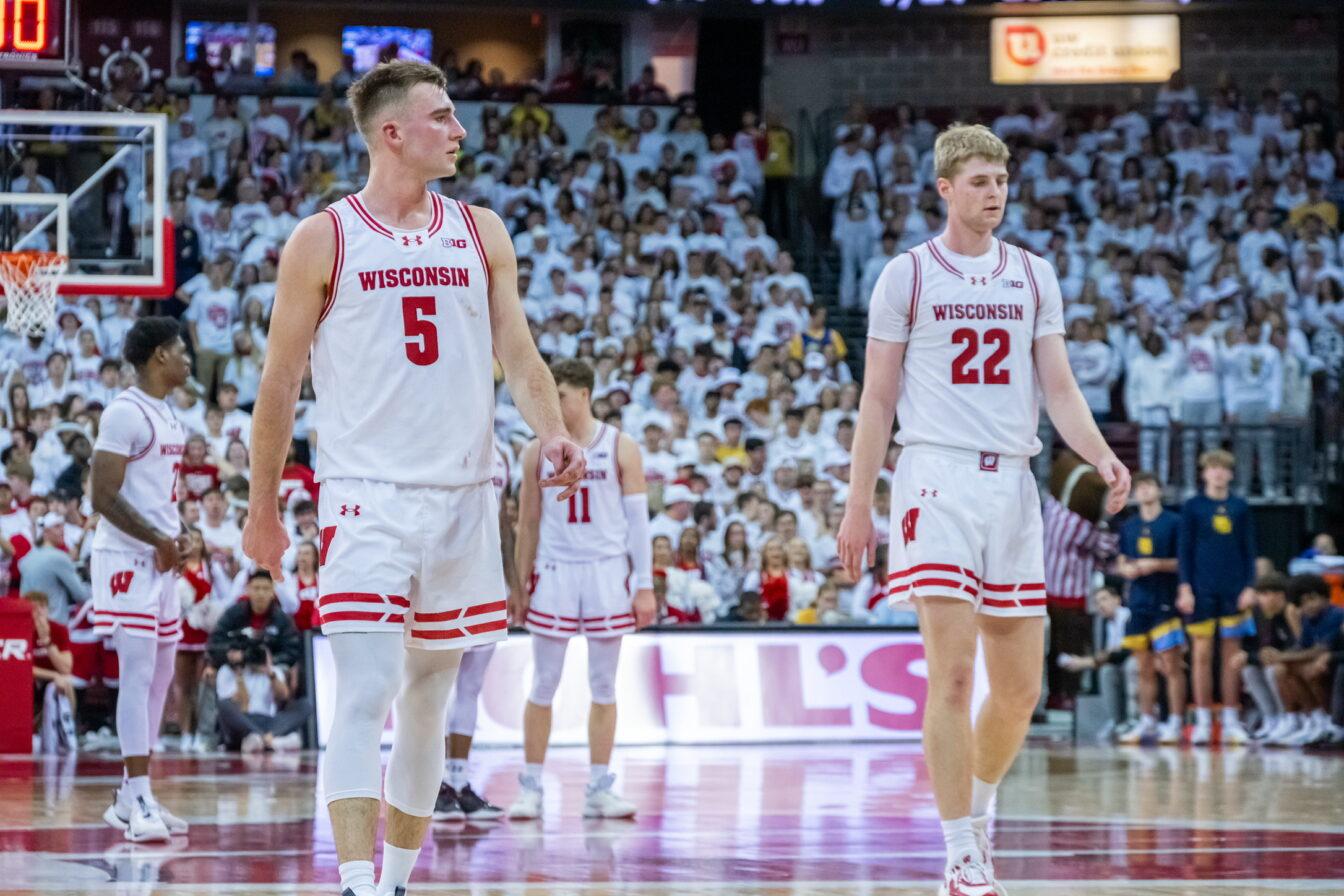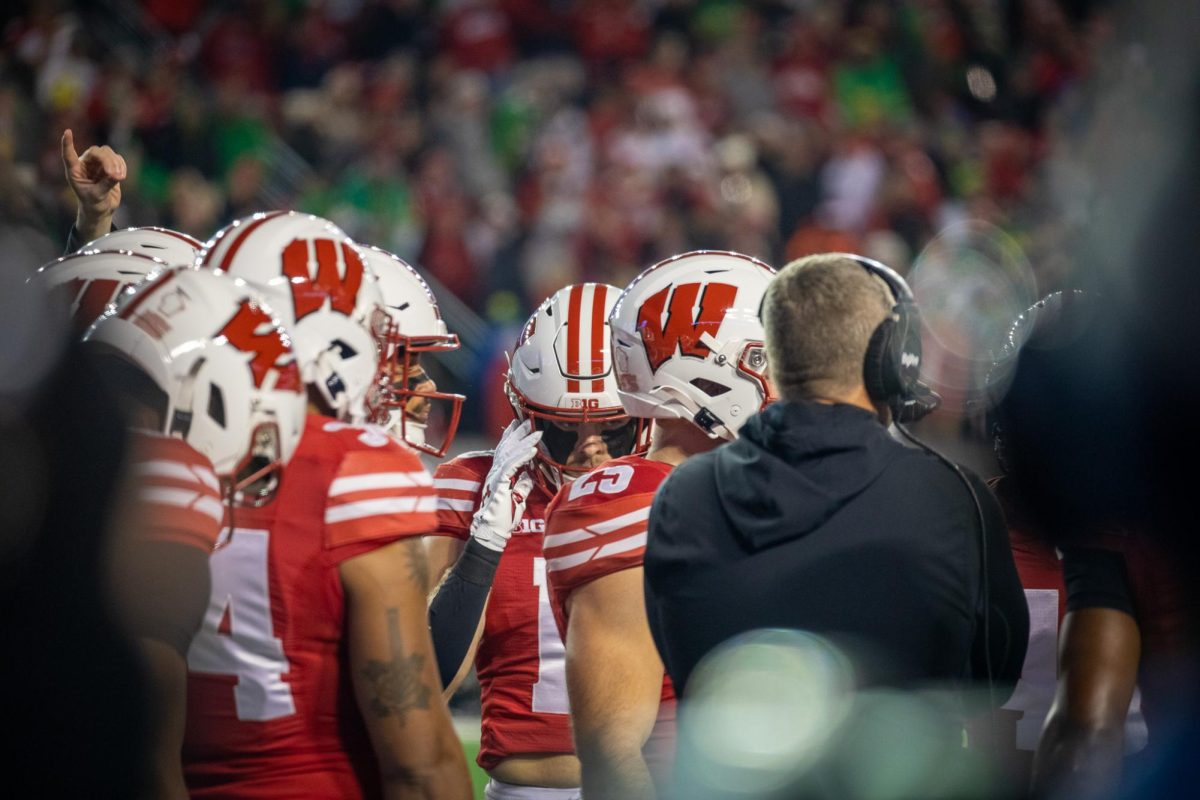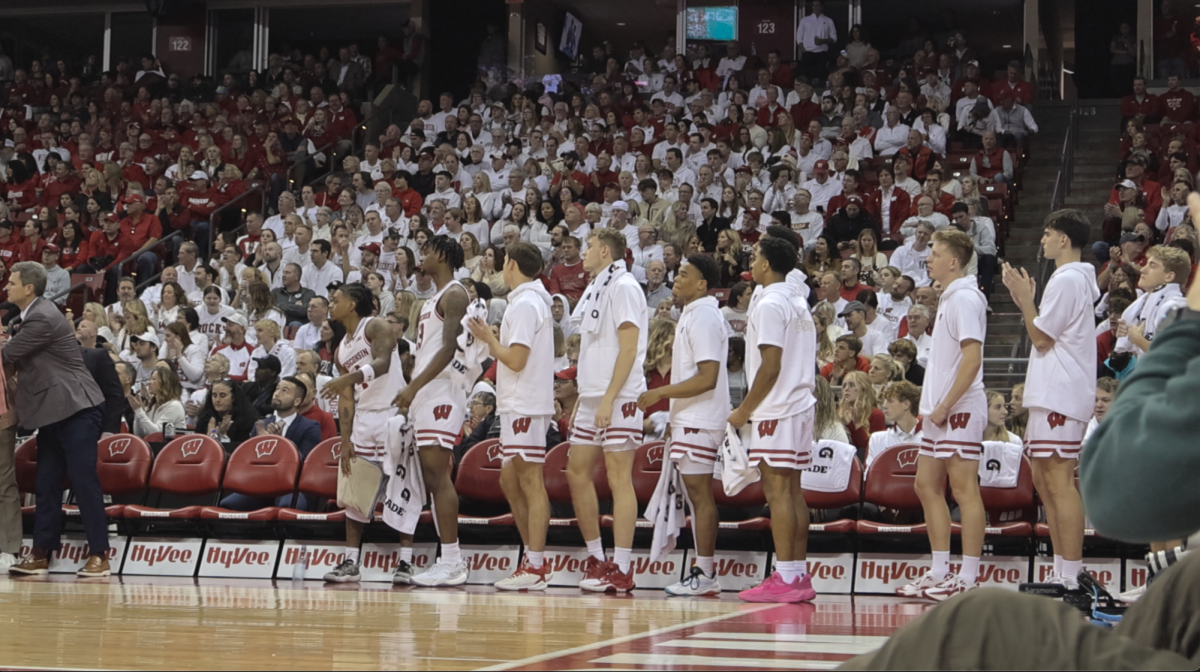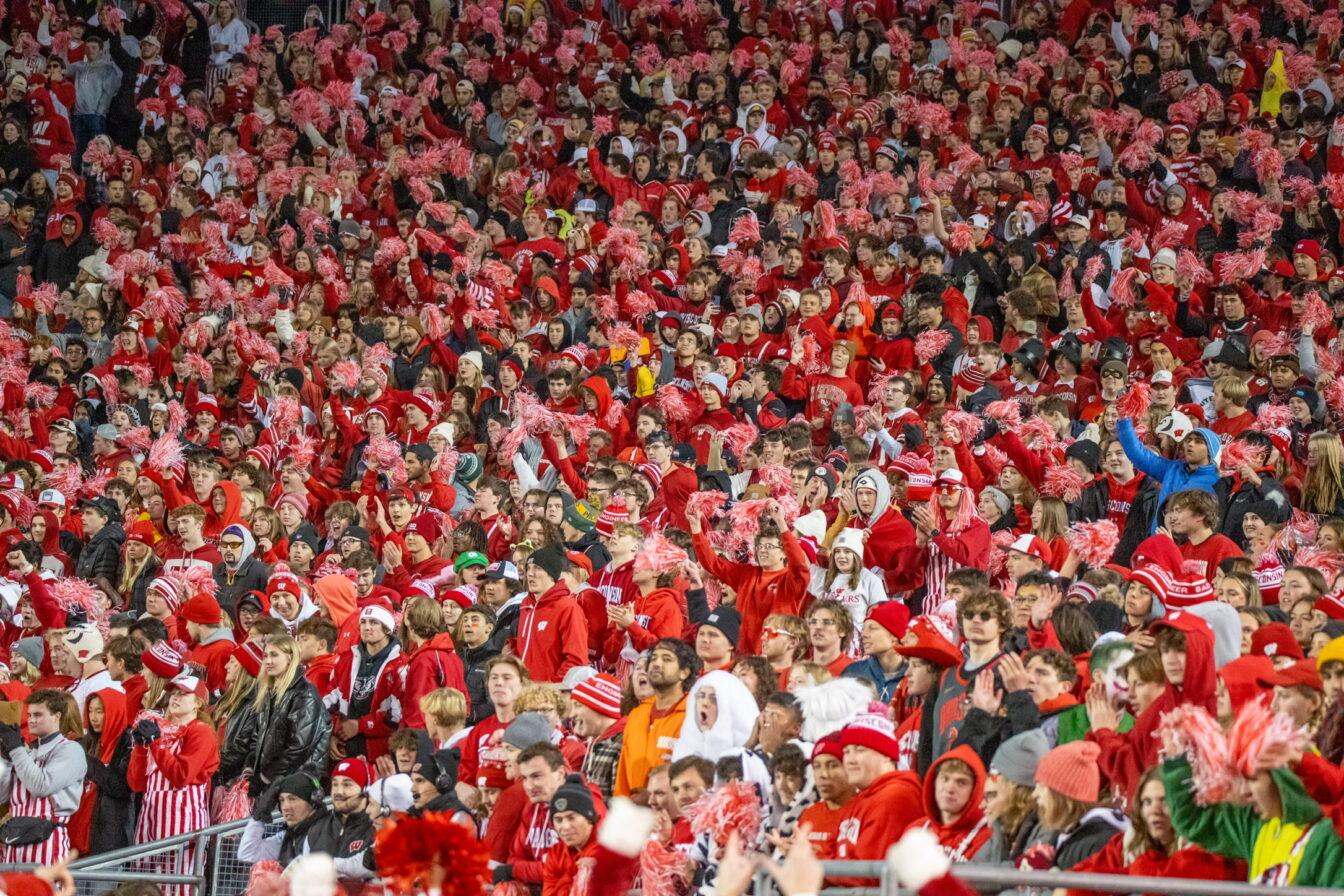Occam’s Razor is the principle that the simplest theory is often the preferred one.
In real world applications, that means Barry Bonds probably did steroids, and it’s more likely that guy in New Mexico had a bad dream instead of being abducted by aliens.
And in the case of the Wisconsin men’s hockey team – the group that was expected to hover around the .500 mark yet surprised the college hockey world by sharing the Division I lead in total wins (19) at the end of January? Why did the Badgers suddenly slip, going winless in seven games before what was little more than a moral-boosting victory against Colorado College Saturday?
Maybe it was a lack of focus or a coaching problem. Maybe fate decided it would be funnier for Jake Gardiner to hit crossbars and posts instead of the back of the net.
Or maybe it’s what everyone assumed at the beginning of the season: This team just isn’t that good, and it will struggle to make the NCAA tournament.
I previously called this team a Frozen Four contender, but I can admit that I was wrong.
First, this isn’t a slight to any of the individual talent on the team. Sophomore center Craig Smith usually looks like the best player on the ice, and his linemates, Jordy Murray and Mark Zengerle, are also in the top-five in scoring for UW. Defenseman Justin Schultz leads Division I blueliners in scoring and his defensive partner Gardiner is third.
But the Badgers’ top five scorers are Schultz, Smith, Gardiner, Zengerle and Murray, who have combined for 68 goals, 118 assists and 186 points. The rest of the Badgers are 54-98-152, which means UW’s top line and top D-pair account for 55 percent of Wisconsin’s scoring.
You can’t have such a steep drop-off in scoring and expect to contend in the Western Collegiate Hockey Association. The scoring distribution has been like that all season, and it finally caught up to the Badgers.
This team at the top can go toe-to-toe with anybody in the nation. It’s the supporting cast that’s lagging. When this team looked outclassed – a series sweep by North Dakota comes to mind – the Badgers’ lack of depth was severely exposed.
Last year’s national title game squad had its big guns in Hobey Baker winner Blake Geoffrion, fellow All-America Brendan Smith and current NHL rookie phenom Derek Stepan. But with guys like Michael Davies, Ben Street and Andy Bombach also posting big seasons, there were few teams with as much depth as Wisconsin.
One year later and UW has been exposed as a team that relies too much on select players.
Senior Podge Turnbull is only one of five Badgers with double-digit goals. At times, freshmen Tyler Barnes and Michael Mersch have shown the flashes of greatness that indicate they’ll have good years – next year or the year after that. But unsurprisingly, the freshmen have been inconsistent in their first years of WCHA play.
And when Eaves trotted out lines of Sean Dolan-Patrick Johnson-Ryan Little and an all-freshman line of Jefferson Dahl centering whoever played best the week before in practice, it was like UW was playing two checking lines. You can’t do that and win.
So what happens when five guys are shouldering the scoring burden for the team? Apparently, Atlas gets tired. Mighty tired.
Nobody on the team will admit it, but recently, this team looks out of gas. Maybe the freshmen – six to eight might be in the lineup any given night – are being worn down by a WCHA schedule combined with college coursework. Or maybe the big hitters are out there too long for UW.
“I think [fatigue] plays a role,” Smith said last Friday. “But I don’t think it should be an excuse.”
More importantly, that means two of the most important cogs in this machine – Schultz and Gardiner – are seemingly on the ice 66 percent of the game.
Head coach Mike Eaves and his staff don’t keep track of ice time, but that top defensive pair is usually on the ice for at least half of the game. The other two defensive pairs aren’t liabilities but certainly aren’t at the caliber of Gardiner and Schultz.
The other factor in Gardiner and Schultz spending so much time on the ice is how much the Badgers rely on them offensively as well as defensively. They man the point for the first-unit power play and are counted on to produce points, which recently, UW has struggled to do.
Yet still, there’s no admission of fatigue.
“Those two guys, they can go all day,” Eaves said of Gardiner and Schultz. “They’re in great shape; they don’t get tired easily.”
Wisconsin probably rode its top five guys as long as it could. If you looked at the Badgers’ 20-14-4 record right now and didn’t have any context to go by, it would look about right, given the talent. The things that appear confusing are the 12-of-13 win streak early in 2011 and the 1-6-1 stretch to finish the regular season.
So now UW heads to Colorado Springs for a rematch with Colorado College in a best-of-three series. The grim reality for the Badgers – who before their winless February were in position for a No. 2 seed in the NCAA tournament – is that they probably need to win this series and then hoist the Broadmoor Trophy as WCHA tournament champions to make the NCAA field at all.
And to do so, Wisconsin will likely need to beat at least one of the following teams in St. Paul: North Dakota, Minnesota-Duluth, Denver and Nebraska-Omaha – teams UW went 1-8-1 against in the regular season.
UW’s top talent is great, but five guys can’t put 13 other skaters on their backs. In hockey, five skaters do not make a team. The truth was out there as soon as the season was ready to begin: Wisconsin is not an elite hockey team this year.
Adam is a senior majoring in journalism. Think UW is cooked, or will the Badgers go on a postseason run? Email him at [email protected] or tweet @AdamJSHolt.













